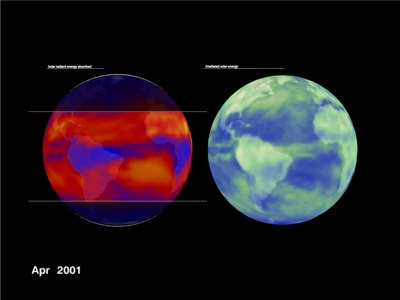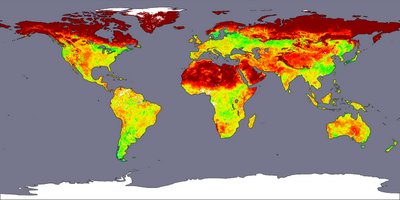
Countries like China are evolving at such an incredible rate its breath-taking. The urban environment is constantly changing. City plans are developed in kilometers at a time, and skyscrapers are basically "stamped" onto the cities footprints because they've become so fundamental. "The
Chinese city seems to develop into the direction of the `generic city’, “…nothing but a reflection of present need and present ability. [..] If it gets too small, it just expands. If it gets old, it just self-destructs and renews.”
China has made much progress in urban development in the past 25 years. They now have some of the tallest skyscrapers, biggest malls, fastest trains, and biggest dams in the world.
The Mekong River is one of the largest rivers in the world. This image shows the Mekong River along with 7 proposed hydropower dams represented by red dots. Four out of Seven have already been realized, with the other three still in their planning stages. The hydropower dams will continue to direct the development of habitation around the river, for example, further continuing China's spread outwards

the Mekong dams will benefit downstream countries, by storing water in the rainy season to reduce flooding and releasing it when needed in the dry season...” (6). According to David Jezeph, chief of Water and Mineral Resources at the Economic and Social Commission for Asia and the Pacific (ESCAP)
The rapid growth of cities like Beijing also reduce the quality of living. The worlds largest amount of nitrogen dioxide pollution has been recorded hanging over Beijing and Northeast China.

Some of these effects make me speculate the need for such an urban growth in cities such as this. How is the character of the city upheld and how is the culture still present. What kind of impact will the contiuous increase of hydropower dams in China have on the air quality? As the quote earlier suggests, are the development of such large city footprints making new cities more "general."

















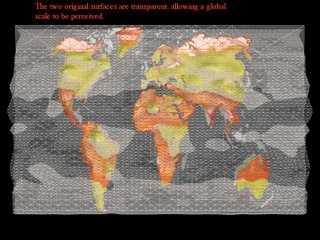






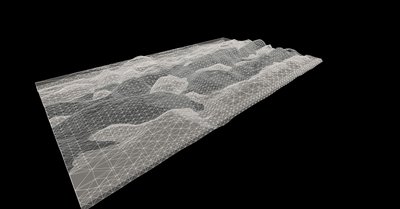



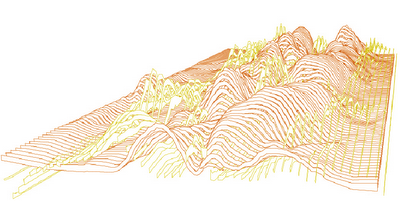
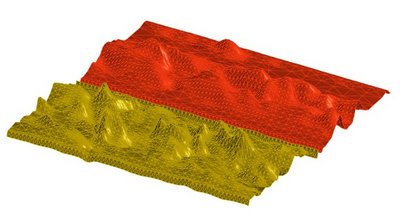



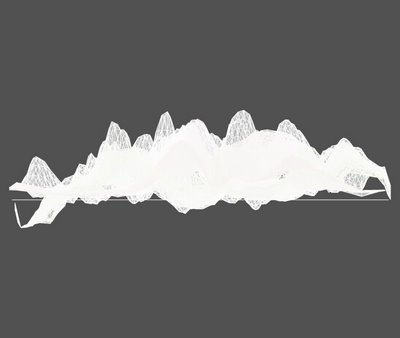







 the Mekong dams will benefit downstream countries, by storing water in the rainy season to reduce flooding and releasing it when needed in the dry season...” (6). According to David Jezeph, chief of Water and Mineral Resources at the Economic and Social Commission for Asia and the Pacific (ESCAP)
the Mekong dams will benefit downstream countries, by storing water in the rainy season to reduce flooding and releasing it when needed in the dry season...” (6). According to David Jezeph, chief of Water and Mineral Resources at the Economic and Social Commission for Asia and the Pacific (ESCAP)
